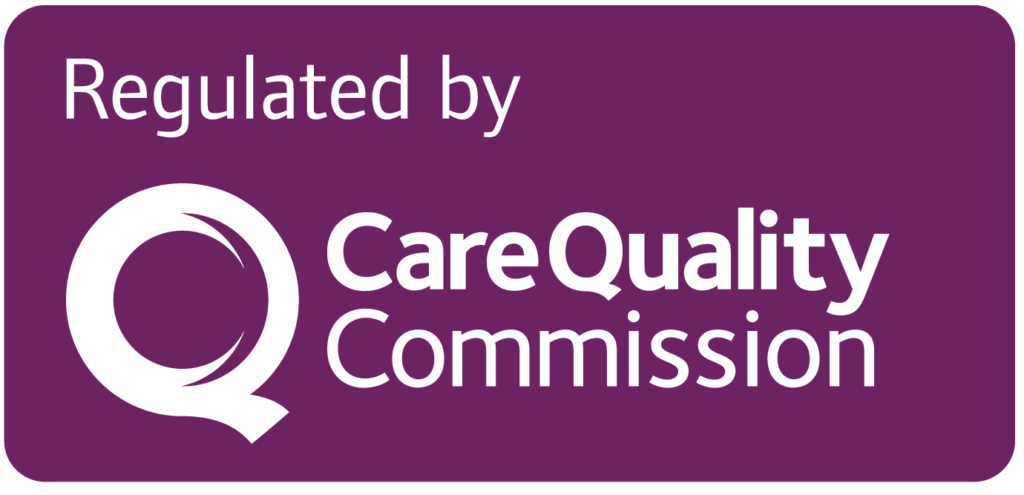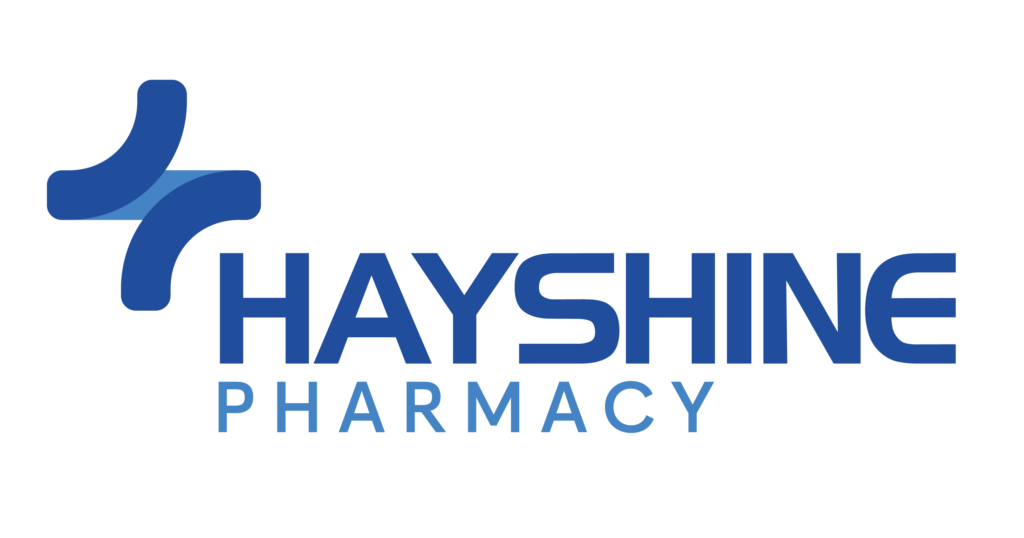As the days grow longer and nature bursts back to life, many of us look forward to enjoying the fresh air, outdoor walks and garden picnics. But for a significant portion of the UK population, over 10 million people in fact, spring and summer bring not only sunshine but also sneezing, watery eyes and itchy noses. That’s right, it’s hay fever season.
This comprehensive guide will walk you through what hay fever is, why it affects so many people and most importantly, how to get ready and manage it effectively so you can enjoy the warmer seasons with confidence.
Table of Contents
ToggleWhat Is Hay Fever and Why Does It Happen?
Hay fever, or seasonal allergic rhinitis, is a common allergic condition caused by an overreaction of the immune system to pollen. While pollen is harmless to most, hay fever sufferers have immune systems that mistake it for a threat, leading to an inflammatory response in the nose, eyes, throat and sometimes even lungs.
There are three main types of pollen to be aware of. Tree pollen is typically present from March through to mid May. Grass pollen, which is the most common trigger, usually peaks between mid May and July. Weed pollen becomes more prominent from late June through to September. Each type of pollen has its own cycle, and depending on which type triggers your symptoms, you might struggle for just a few weeks or several months.
Recognising the Symptoms Early
Hay fever symptoms often mimic a cold but can persist for weeks or even months, especially when pollen counts remain high. Common symptoms include persistent sneezing, a runny or blocked nose often with clear mucus, itchy or watery eyes, an itchy throat, ears or mouth, coughing especially at night, headaches or sinus pain and a general sense of fatigue or sluggishness.
In those with asthma, hay fever can also lead to shortness of breath, chest tightness, wheezing or coughing fits. Recognising the symptoms early, especially if they recur seasonally, is crucial to starting treatment before they spiral out of control.
Understand the Pollen Calendar and Prepare Early
Preparation is key. If you know when your symptoms typically begin, start preparing two to three weeks in advance. For example, if you are allergic to grass pollen which is the most common trigger, begin preventative treatments in late April or early May.
To give a general overview of the pollen calendar in the UK, March and April are dominated by tree pollen such as hazel, yew, elm, birch and oak. From May to July, grass pollen takes over and reaches its peak. Then from June to September, weed pollen including nettle and mugwort becomes more prominent.
Check the Met Office Pollen Forecast daily during your peak season to plan your activities and medication use accordingly.
Creating a Pollen Proof Lifestyle
The key to managing hay fever effectively is not just medication, it is also about making your lifestyle more pollen aware. There are several steps you can incorporate into your daily life to reduce exposure and control symptoms.
To keep your indoor air clear, keep windows closed especially during early morning and late afternoon when pollen levels are at their highest. Use a HEPA filter air purifier in bedrooms or living areas to trap airborne particles. Dust and vacuum regularly using a vacuum cleaner fitted with a HEPA filter. Dry clothes indoors on high pollen days to avoid pollen clinging to fabric.
Applying a thin layer of petroleum jelly or a natural pollen barrier balm such as HayMax around the nostrils can help trap pollen before it enters the nose and reduce nasal irritation.
When you go outside, protect your eyes by wearing wrap around sunglasses. This can prevent redness, itching and watering associated with allergic conjunctivitis. After spending time outdoors, especially on high pollen days, it is a good idea to shower and change your clothes to remove any lingering pollen. This is particularly important before bed to avoid spreading pollen to your pillow and bedding.
To create a pollen free sleep environment, wash bedding frequently in hot water and avoid sleeping with windows open during peak pollen hours. You may also consider using anti allergy pillow and mattress covers for added protection.
Medication and Treatment Options
Fortunately, hay fever can be managed effectively with a combination of over the counter remedies, natural products and in more severe cases, prescription treatments.
Start by taking non drowsy antihistamines such as loratadine or cetirizine before symptoms begin. These work by blocking histamine, the chemical released during allergic reactions.
Steroid nasal sprays such as beclometasone or fluticasone reduce inflammation in the nasal passages and are often more effective than antihistamines alone. Use them consistently for the best results.
Anti allergy eye drops help reduce itching, redness and watering. Use them before going outside or as needed throughout the day.
Rinsing your nose with a saline solution can help flush out pollen and soothe irritated nasal tissues. You can buy pre made sprays or use a neti pot with sterile water.
For those with severe or persistent symptoms, immunotherapy may be an option. This involves gradually desensitising the immune system to pollen over time through allergy shots or oral tablets such as Grazax or Pollinex. Speak to Hayshine Pharmacy in Welling or allergist about this option if your symptoms are significantly affecting your quality of life despite other treatments.
Hay Fever in Children
Children are just as susceptible to hay fever as adults and symptoms can interfere with their sleep, concentration and performance at school.
To manage hay fever in children, choose child friendly antihistamines and use child safe nasal sprays as advised by Hayshine Pharmacy in Welling. Encourage children to wear sunglasses and hats outdoors and make it a routine to help them shower or wipe down after playing outside.
Always consult a paediatrician or pharmacist before starting any new treatments for your child.
Diet, Hydration and Natural Support
While diet will not cure hay fever, it can support your immune system and reduce inflammation. Include vitamin C rich foods such as berries, oranges and peppers in your meals. Some people use local honey, believing it may help build tolerance to local pollen, though scientific evidence for this is limited.
Drinking plenty of water helps thin mucus and keeps you hydrated. Some herbal supplements such as quercetin, butterbur or spirulina may offer anti inflammatory or anti allergic properties, but you should speak with a Hayshine Pharmacy in Welling before taking them alongside other medication.
Final Thoughts: Plan Now and Breathe Easy Later
Hay fever may be seasonal but your strategy to fight it should be year round. By learning when your triggers begin and preparing in advance, both medically and environmentally, you can drastically reduce the impact hay fever has on your daily life.
Whether it is checking the pollen forecast, rinsing your nose daily or using targeted treatments, the key is consistency and awareness. The more you prepare, the more likely you are to enjoy the spring and summer months without constantly reaching for tissues.



![5 {"remix_data":[],"remix_entry_point":"challenges","source_tags":["local"],"origin":"unknown","total_draw_time":0,"total_draw_actions":0,"layers_used":0,"brushes_used":0,"photos_added":0,"total_editor_actions":{},"tools_used":{},"is_sticker":false,"edited_since_last_sticker_save":false,"containsFTESticker":false}](https://hayshine.co.uk/wp-content/uploads/elementor/thumbs/5-r4lot7bq9zc58hobgqt7ltwwsmvx7kjgl5xcni7dsw.jpg)



